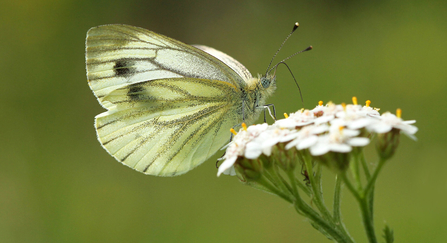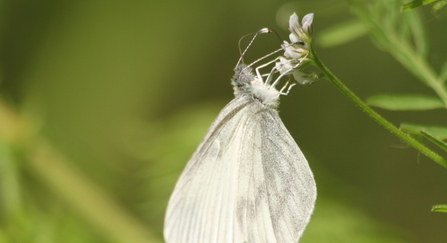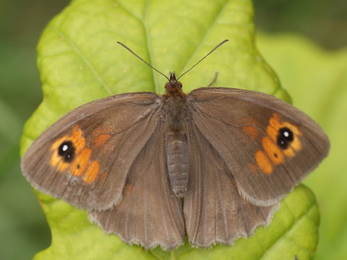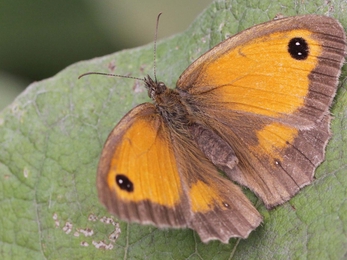The Big Butterfly Count which has recently ended, was an event which ran from the 14th July to the 6th August 2023 and was created by the Butterfly Conservation in efforts to understand the effects of climate change on our countries butterfly species, and subsequently make efforts in order to help improve conservation methods. This event involved getting members of the public involved from all ages and locations within the UK, to spend just 15 minutes in a sunny spot and to note down how many butterflies of different species are seen in that time. This could take place in any location such as parks, woodlands, heathlands, and for most people including myself; gardens.
My butterfly count began on a bright and warm day during the beginning of August, as summer is in full swing, a vast majority of the springtime butterfly flight seasons have finished for the year although some do in fact have second broods which emerge around this time. These second broods join in with the other species that emerge later in the year along with species whose numbers are boosted by migrating individuals from warmer climes.
Within the first few minutes my first species was already sighted, a Green – Veined White, these are one of the more common species you will likely see during a walk or visit outside, this individual fed on verbena before being joined by Small Whites and one Large White.





